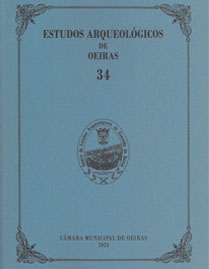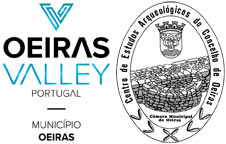Os ouros calcolíticos do povoado pré‑histórico muralhado do Outeiro Redondo (Sesimbra) e da gruta funerária campaniforme da Verdelha dos Ruivos (Vila Franca de Xira)
DOI: 10.5281/zenodo.12732065
Mots-clés :
gold, Chalcolitic, Tagus RiverRésumé
The paper discusses a group of five gold artifacts originating from Central Portugal, dating back to the latter half of the 3rd millennium BC.
One of these artifacts was discovered in the fortified settlement of Outeiro Redondo in Sesimbra, while the remaining four were found in the natural cave of Verdelha dos Ruivos in Vila Franca de Xira which served as a collective burial site associated with the Bell Beaker culture.
The study primarily focuses on a typological analysis of the artefacts aimed at comparing these specific gold implements with similar artifacts found elsewhere on the Iberian Peninsula. Additionally, we conducted a non‑invasive analysis using a portable X‑ray fluorescence spectrometer, which determined that they are composed of over 90% gold with varying amounts of silver and copper. Such a composition is consistent with other findings from the same period and geographical region, suggesting a commonality in the sourcing of gold from alluvial deposits along the Tagus River. Overall, the findings contribute to our understanding of metallurgical practices, material culture, and social dynamics during the Chalcolithic in Iberia, particularly within the context of the Bell Beaker phenomenon.
Téléchargements
Publiée
Comment citer
Numéro
Rubrique
Licence
Os artigos publicados são da exclusiva responsabilidade dos Autores.
É expressamente proibida a reprodução de quaisquer imagens sobre as quais
existam direitos de autor sem o prévio consentimento dos signatários dos artigos
respectivos.




